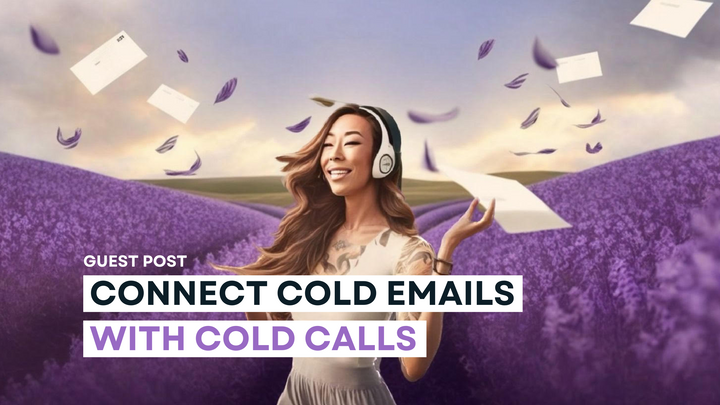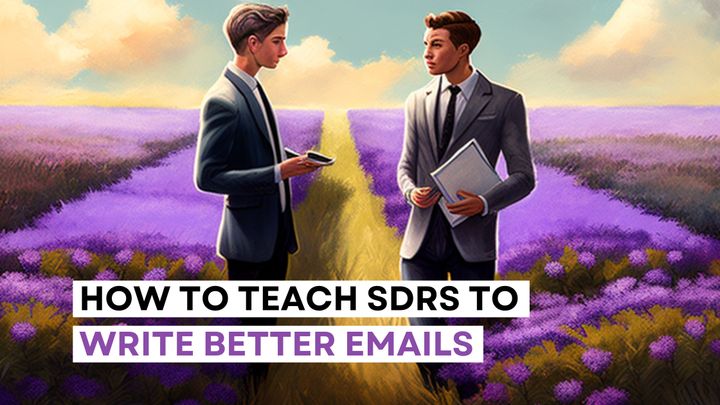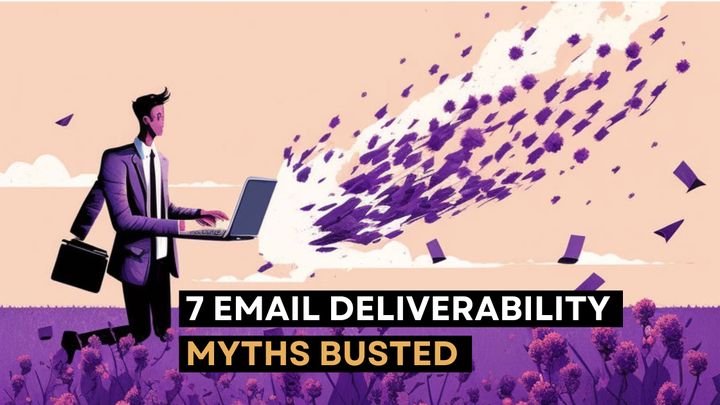Cold Emails Shouldn't Inform. They Should Build Curiosity.
One of the most effective strategies in cold email outreach is simple: Be curious. Here's why, and how to use it in your day to day.

We recently sat down with Ellie Emerson, Head of Sales Development at Fresh Relevance, to discuss outbound. As we were talking, she dropped an epic quote about email prospecting:
Your job is to create curiosity. Build it. Maintain it. Never satisfy it.
We see an overwhelming amount of emails where sellers can't help themselves. They explain everything they do.
From the reader's perspective, it's a terrible experience. This is true in cold emails, and it's true in follow up emails.
Email Writing Best Practices
Best practices can keep you from creating a bad experience but that doesn't speak entirely to the content.
- Keep it short
- Simple
- Well formatted
And how you frame the message is key.
"What you talk about" matters to the reader because of their perspective. Their perspective is not "let me evaluate this software company."
Their perspective is "Oh crap! I have to put out this fire at work!"
Best practices from our data say you should write 25-50 words per cold email. With such little space, you really don't have room to talk about yourself.
You inevitably have to leave "what you do" to some level of mystery.
It's the only way you can use their perspective to your advantage while leaning into the average reading time being 11 seconds.
Mystery is a byproduct of doing it right.
The problem of oversharing only gets worse in the follow up. You use these best practices for your first cold email, but then you get nervous.
You think... "Oh man, my messaging must have not resonated."
You think a lot of things... in reality you think about your prospect a lot. As Don Draper would tell you, they don't think about you at all. That's not to be discouraging. It's to help you better understand how to meet a prospect where they are.
You almost need to "recap" it to them.
Threading your emails together is key. It allows them to capture the context of the whole thread, but you have to get them to dig backwards through the thread.
Oddly, the key is to repeat yourself.
Not word for word, but you want to remind them why you reached out in the first place.
It helps give them context, and reset why you're talking to them in the first place.
A sequence doesn't mean you have to give them everything by the end of it. You should do the opposite. You haven't earned the right to talk about yourself until you know you've touched on a problem.
Yes, you need to give the reader a sense of what you do. But, they don't need more than your 6 second answer to "what is it?".




